Who Is Liable if a Road Hazard Causes a Car Accident?
Maybe you crashed when you hit a deep pothole, slid on ice, or swerved to avoid fallen branches, and it’s not exactly obvious who you can hold at fault. Regardless of the nature of the road hazard, you may wonder who should pay for your medical bills or car repairs – and the answer might surprise you.
If you have been injured in a road hazard car accident, reach out to an experienced car accident lawyer to ensure your rights are protected and to pursue the compensation you deserve.
Request A Free Consultation Today!
Common Examples of Road Hazards
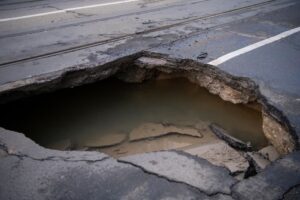
When we think of the factors that contribute to traffic collisions, driver behaviors are usually top of mind. However, the condition of the road itself is a key factor in many crash scenarios.
Here are some common examples of road hazards that contribute to motor vehicle accidents:
- Potholes: Potholes present a significant risk to motorists because they can cause drivers to lose control of their vehicles. When wheels hit these cavities in the road, the impact can puncture tires, ruin wheel alignment, or cause severe damage to a vehicle’s suspension.
- Uneven Road Surfaces: Uneven road surfaces, even without significant potholes, can also make driving hazardous. Non-level roads can lead to loss of vehicle control, particularly at higher speeds. Motorcyclists are particularly at risk for this road hazard.
- Loose Gravel: Loose gravel on roads can cause a vehicle’s tires to lose traction, leading to skidding or an inability to brake effectively. Motorcycles and bicycles can lose stability and crash due to slipping or skidding on loose gravel.
- Oil Spills: Oil spills create slick surfaces that drastically reduce tire traction and can cause vehicles to slide uncontrollably. Quick maneuvers on roads with oil slicks often lead to preventable loss-of-control accidents.
- Ice Patches: Ice patches are treacherous because they can cause vehicles to skid out of control. These hazards are most common in cold climates and can occur even when local authorities treat roads with salt or sand.
- Standing Water: Standing water on roadways can lead to hydroplaning, where a layer of water builds between the tires and the road surface. Hydroplaning can lead to a loss of traction and subsequent accidents.
- Fallen Tree Branches: Fallen tree branches are serious hazards, especially when they are large and obstruct parts of the roadway. Drivers might swerve unexpectedly to avoid fallen branches or even collide with them, possibly causing traffic obstructions and secondary collisions.
- Inadequate Road Signage: Inadequate road signage can lead to confusion or misinformed decisions by drivers. Missing or unclear signs can leave drivers unaware of upcoming road conditions or regulations, potentially leading to dangerous accidents.
- Malfunctioning Traffic Signals: Malfunctioning traffic signals can cause dangerous confusion at intersections. Without clear signals, drivers might not know when to stop, go, or yield, which can result in close encounters and preventable crashes with intersecting traffic.
- Construction Zones: Road construction zones often require altered traffic patterns and lower speed limits, and drivers must be cautious in these high-risk areas. Accidents can occur if inattentive drivers fail to follow temporary signs or directions.
- Sun Glare: Sun glare can temporarily blind drivers, making it difficult to see other vehicles, traffic signals, pedestrians, or the road ahead. This can cause drivers to miss traffic signals or stop unexpectedly, increasing the risk of rear-end collisions.
- Sinkholes: Sinkholes can appear suddenly in rainy areas, creating large, dangerous openings in the road surface. They can cause significant damage to vehicles and can even lead to accidents if drivers swerve to avoid them or the road collapses under a vehicle.
- Wet Leaves: Wet leaves can create dangerously slippery surfaces on roadways. Similar to ice, wet leaves reduce tire traction and cause vehicles to skid. This is particularly hazardous when leaves cover road markings or potholes, hiding potential dangers.
- Snow and Slush Build-up: Snow and slush can accumulate on roadways, making it difficult for drivers to control their vehicles and brake properly. This type of build-up can also obscure road markings and make it harder for drivers to maintain proper lane positioning.
- Inadequate Street Lighting: Inadequate street lighting can contribute to accidents by reducing visibility at night or during poor weather conditions. This makes it harder for drivers to see road hazards.
- Broken or Missing Manhole Covers: A broken or missing manhole cover presents a direct hazard to vehicles. This type of hazard can cause tire or wheel damage and poses a significant risk to two-wheeled vehicles that can get caught in the openings.
- Eroded Road Shoulders: Eroded road shoulders can create extremely dangerous drop-offs if drivers veer off the road. The resulting uneven surfaces can also lead to loss of vehicle control or rollover accidents.
Driver Responsibilities When Road Hazards Are Present
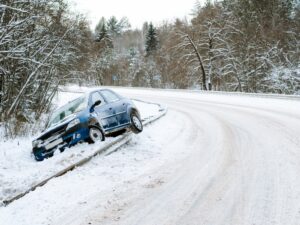
In the United States, traffic laws and regulations can vary significantly from state to state. However, some principles and laws regarding driver responsibility in the presence of road hazards are largely consistent across jurisdictions. Here are some key examples:
Duty to Exercise Reasonable Care
Drivers have a legal obligation to operate their vehicles with reasonable care at all times. This broad duty encompasses a range of behaviors, including watching for potential road hazards and being ready to respond appropriately.
Reasonable care also means driving defensively, noticing your surroundings, and anticipating the actions of other drivers. This responsibility increases in hazardous driving conditions, such as inclement weather.
Speed Adjustments
In addition to following posted speed limits, drivers must constantly adjust their speeds based on the current road, traffic, and weather conditions. This could mean driving significantly below the posted speed limit during heavy rain, fog, or snow or near areas of road construction.
It also includes slowing down in areas with road hazards, such as sharp bends or traffic intersections. This allows more time to react to unforeseen hazards and reduces the severity of any impacts.
Safe Following Distance
Maintaining an adequate following distance allows a safe margin for stopping in emergencies and reduces the risk of rear-end collisions.
Most states have traffic laws that require drivers to keep safe following distances at all times, including when road hazards are present. If drivers fail to adjust their following distance and cause accidents, they could be liable, even if road hazards were a factor.
Use of Headlights
Headlights make a vehicle more visible to others and can significantly reduce the risk of accidents. This is particularly important during times of low visibility, such as during dawn, dusk, or severe weather. Many states require drivers to use their headlights from sunset to sunrise, during rain, fog, or snow, and in other low-visibility scenarios.
Work Zone Laws
Driving through work zones requires special attention and adherence to specific laws that aim to protect motorists and workers alike. These zones often have reduced speed limits, flaggers, and temporary signs guiding traffic flow. Drivers must be extra cautious in work zones, looking out for workers, machinery, and potential changes in traffic patterns.
Unsecured Loads
Drivers who transport items in their vehicles are legally responsible for securely fastening their loads. Most states have cargo securement laws that apply to both commercial and private drivers.
Securement must be appropriate for the type of cargo and capable of withstanding forces from acceleration, deceleration, and turns. If objects fall from any vehicle and create road hazards or cause accidents, drivers can be liable for any resulting damages.
Chains and Snow Tires
In regions with severe winter weather, these laws require the use of tire chains or snow tires during certain conditions. This type of equipment helps vehicles maintain traction on roads covered with snow and ice, reducing the risk of accidents.
When chain laws govern a particular area, road signs will typically inform drivers of the requirements.
Who Is Liable for a Road Hazard Accident?
Depending on the circumstances, any one or several parties could bear liability for a traffic accident involving a road hazard:
- Vehicle Owners and Drivers: Drivers are responsible for adjusting to road conditions and securing their vehicles’ loads as necessary. If a driver behaves recklessly or creates road hazards when objects fall from their vehicle, the driver or the owner of the vehicle could be liable.
- Construction Companies: When construction firms manage road work along active routes, they must ensure that their sites are safe for the public. This includes installing proper signage, barriers, and storage for equipment. If a road hazard accident occurs due to poor construction site management, you can hold the managing firm liable.
- Private Property Owners: If road hazards like debris or spilled materials extend from a private property onto a public roadway, you can hold the property owner liable for accidents resulting from these hazards.
- Utility Companies: Utility companies often work alongside or on public roads. If they create preventable hazards during their work, such as by leaving holes, equipment, or materials on the road, you can hold them responsible for any accidents that result.
- Product Manufacturers: If a road hazard results from a defective product, such as a malfunctioning traffic light, you can hold the manufacturer of that product liable for any accidents involving that defect.
Government Liability for Road Maintenance and Hazards

In some road hazard accident cases, government entities are liable, particularly when the condition of a public road is a primary contributing factor to an incident. Liability typically rests on whether the government entity responsible for maintaining a road neglected its duty to ensure the road’s safety.
You can hold any of the following government entities liable for a preventable road hazard accident:
- Municipal Governments: Local entities must maintain city streets and smaller roads within their jurisdictions. If a municipal government fails to address known hazards or does not perform adequate maintenance, you can hold it liable for accidents.
- County Governments: County governments oversee a broader range of local roads that often fall outside of municipal boundaries. They are responsible for regular upkeep and could be liable for hazard-related crashes.
- State Governments: State departments of transportation manage state highways and interstates. If a road hazard on these roads results from poor maintenance or design and leads to an accident, the state could be liable.
- Federal Government: While less common, some roads are the responsibility of the federal government, such as those in national parks. If a preventable hazard causes an accident on federal land, the U.S. government could be liable.
Bringing a claim against a government entity is a complex procedure fraught with numerous administrative hurdles. If you know or suspect you have a government liability claim, consult a lawyer with experience in personal injury and government claims to guide you through the process.
Evidence in a Road Hazard Accident Case
To establish liability in a road hazard accident claim, your lawyer can identify and gather numerous types of evidence to construct a compelling case. This evidence must illustrate not only the presence of the hazard but also the responsible party’s negligence in failing to address or respond to it appropriately.
Common types of evidence in road hazard accident cases include the following:
- Accident scene photographs
- Surveillance or traffic camera footage
- Police accident reports
- Previous accident reports from the same location
- Eyewitness statements
- Expert witness testimony
- Road maintenance records
- Weather reports for the day of the accident
- Vehicle damage reports
- Cell phone and GPS records
- Skidmark analysis reports
- Traffic signal timing data
- Road design plans
- Construction zone permits and plans
- State and municipal transportation regulations
- Road hazard warning signs or lack thereof
- Commercial cargo logs and securement information
- Maintenance records for traffic lights or signage
How a Road Hazard Accident Lawyer Can Help

In the aftermath of a road hazard accident, having a proficient lawyer can make a significant difference in the outcome of your claim.
Here are just a few of the ways a knowledgeable personal injury attorney could help you:
- Investigating the accident to identify contributing factors like road hazards
- Gathering and preserving useful evidence
- Identifying all potential sources of liability and compensation
- Consulting with accident reconstruction specialists and other experts
- Reviewing traffic and surveillance camera footage
- Interviewing eyewitnesses who saw the collision occur
- Analyzing medical records to assess injury claims
- Communicating with other parties and their insurers on your behalf
- Drafting and filing a detailed complaint outlining your claim
- Negotiating with insurance companies for fair settlements
- Reviewing settlement offers to ensure they are fair and comprehensive
- Taking your case to court if legal action is necessary
- Filing all necessary court documents within legal deadlines
- Representing you in court proceedings
- Challenging evidence from opposing parties
Free Consultation
We Are Here For You 24/7
Reviews
– Elissa M.
“Really pleased with Boohoff Law! Received immediate responses when I had any questions. Treated amazingly by all staff … made this process a true breeze!”
– Caitlyn M.
– Brandy K.
Related Posts
How Can Dashcam or GoPro Footage Help My Motorcycle Accident Case?
What Happens if the Trucking Company Claims I Was in the Blind Spot?
Wrecked by a Semi in a Pile-Up? How To File a Claim if You Were Injured in a Multi-Vehicle Truck Crash
Recovery is personal.
We’re here for you.
We’re close by. And if you can’t make it to us, we’ll meet you where you need us, at home or in the hospital.
You're better off with Boohoff.
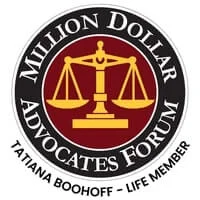

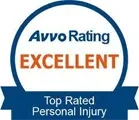
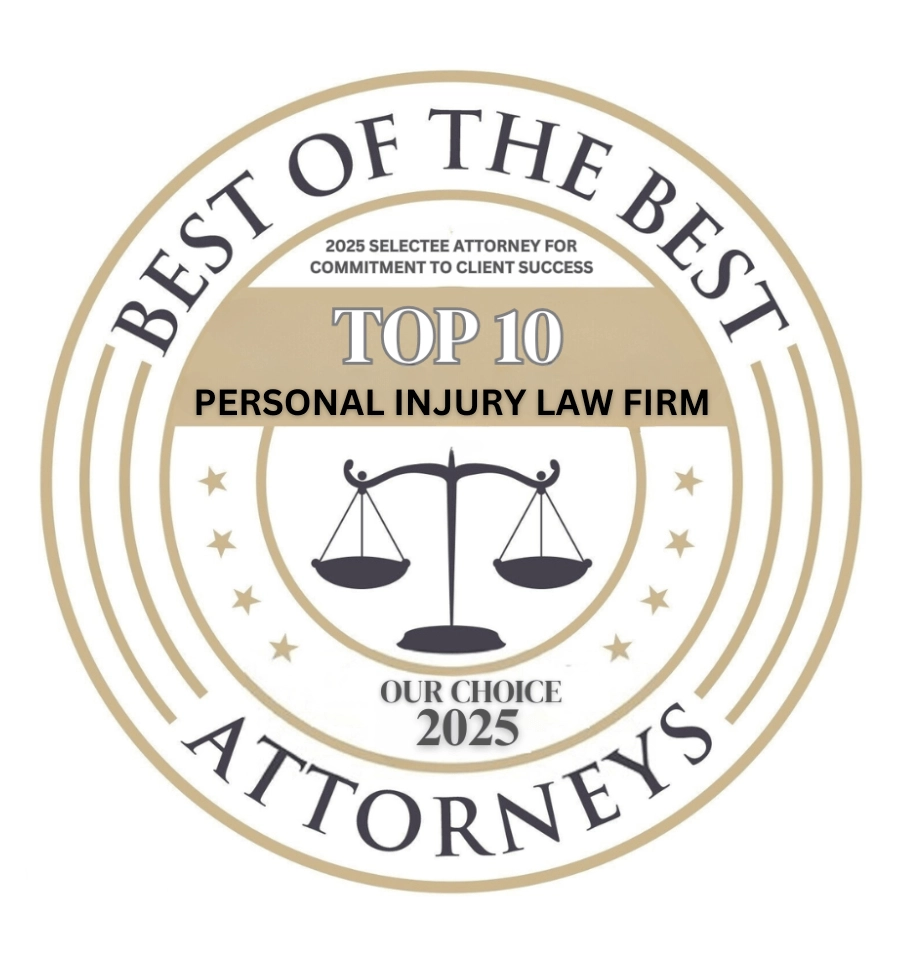
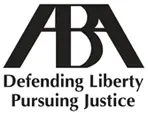
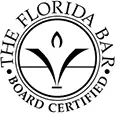
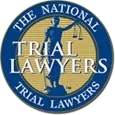
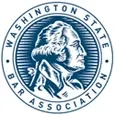
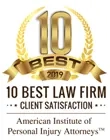

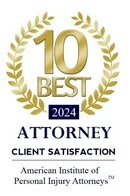
The information on this website is for general information purposes only. Nothing on this site should be taken as legal advice for any individual case or situation. This information is not intended to create, and receipt or viewing does not constitute, an attorney-client relationship.
available 24/7
(877) 999-9999
